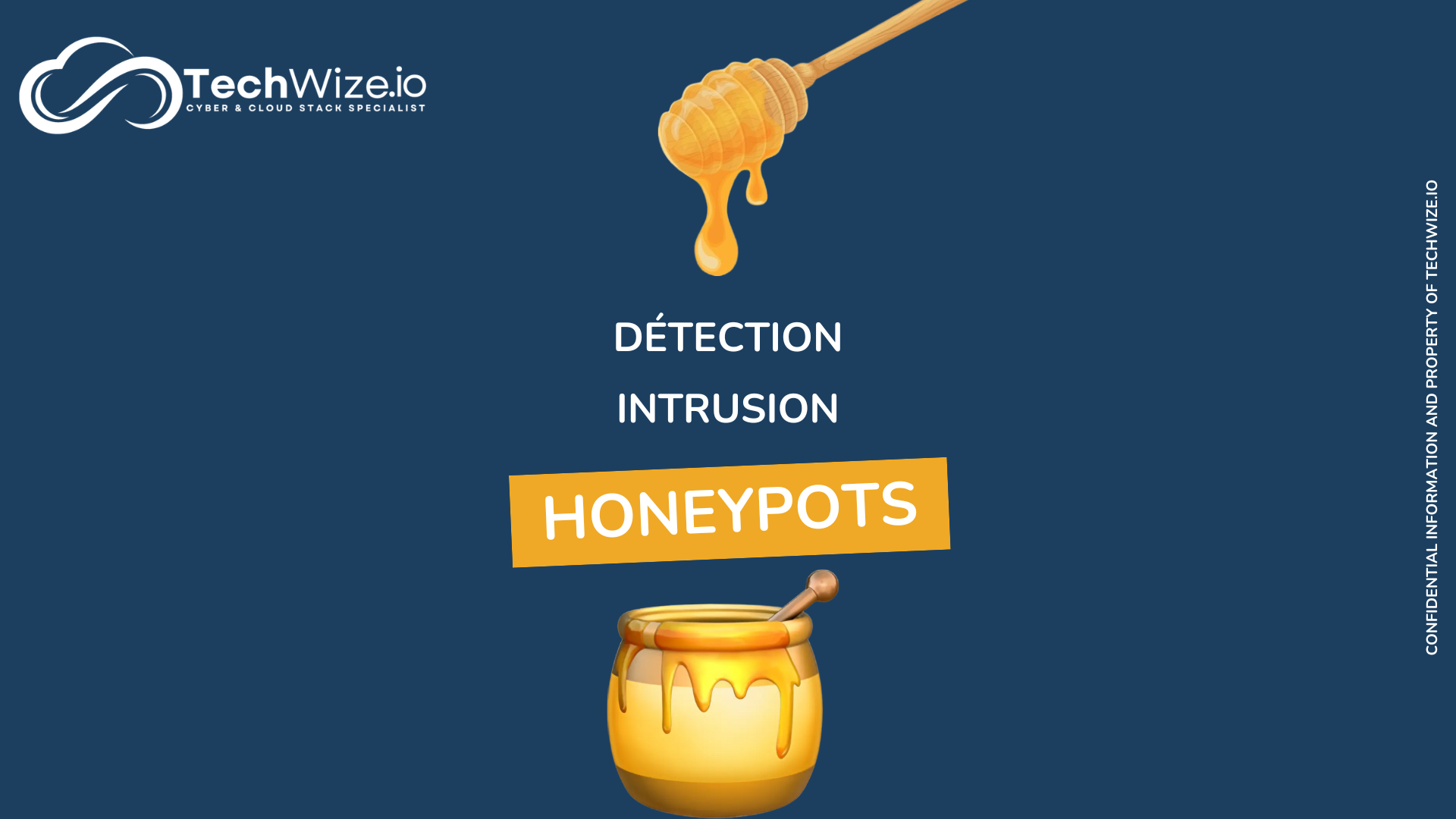The world of Honeypots
Honeypots are the order of the day, a secret ally that lures cybercriminals into a trap, revealing their tactics and giving you the upper hand. In this article, we take a look at how Honeypots work. Find out how these tools work, what benefits they offer and how to integrate them strategically into your digital defence arsenal.
Understanding Honeypots
Honeypots are systems or services designed to mimic attractive targets for attackers, while monitoring and recording their actions. Honeypots, while sharing a common objective, fall into two main categories: research honeypots and production honeypots.
Types of Honeypot
Search Honeypots: Exploring the Depths of Cybercrime
Research honeypots are the preferred tools of cybersecurity researchers. Their main objective is to explore attacker behaviour and discover new and emerging attack techniques. Unlike production Honeypots, these are often deployed in controlled and isolated environments, where the priority is data collection rather than active system protection. Researchers use these Honeypots to study cybercriminals’ tactics, techniques and procedures in depth, enabling them to better anticipate future threats and develop more effective countermeasures.
Research Honeypots provide a secure playground where researchers can observe attackers in action without the risk of compromising real systems. Thanks to these devices, it is possible to analyse in detail the intrusion methods, tools used and motivations of the attackers. What’s more, the data collected can be shared with the cybersecurity community to enrich the collective understanding of threats.
Production Honeypots: Vigilant guardians of critical infrastructures
Production Honeypots, on the other hand, are vigilant guardians deployed in real operational environments. Unlike their research counterparts, their primary objective is to detect and prevent attacks in real time to protect critical systems. Honeypots act as deliberate decoys, luring cybercriminals away from the organization’s real resources while monitoring their activities with meticulous attention.
Production Honeypot objectives
Production honeypots serve a variety of purposes, each playing a specific role in protecting digital infrastructures. Here are just a few of the alternatives.
Proactive threat detection
By simulating critical vulnerabilities and systems, acting as attractive decoys, production Honeypots enable early detection of threats by attracting attackers before they reach critical resources.This early detection enables security teams to act quickly to contain emerging attacks and reduce potential damage.
Distracting and deterring attackers
By diverting attackers’ attention to dummy systems, production Honeypots reduce the probability of successful attacks against real infrastructures.This diversionary strategy helps protect sensitive resources by keeping cybercriminals away from real targets.
Real-time information gathering
Production Honeypots provide a valuable source of intelligence on ongoing malicious activity. By monitoring attackers’ interactions with Honeypots in real time, security teams can obtain detailed information on the tactics, techniques and procedures (TTPs) used by cybercriminals.
Post-attack forensic analysis (examination of compromised systems and data)
After an attack, production Honeypots enable in-depth analysis to understand the methods and attack vectors used by attackers. This post-incident analysis helps security teams strengthen defenses by identifying exploited vulnerabilities and implementing corrective measures to prevent similar attacks in the future.
Techniques for attracting attackers
Production Honeypots use a variety of sophisticated techniques to lure attackers into interacting with the dummy systems.
Exposure of vulnerable services
Honeypots simulate services commonly targeted by attackers, such as web servers, database servers or telecommunication protocols. These services are configured to appear vulnerable, to attract attackers.
Simulation of known vulnerabilities
By configuring Honeypots with well-documented security vulnerabilities, security teams can reproduce environments conducive to exploitation by attackers. These simulated vulnerabilities serve as bait to lure cybercriminals into attempting attacks.
Misleading ads and banners
Honeypots send responses to network requests indicating the presence of vulnerable software or versions. These misleading announcements lure attackers into believing they have discovered a target that is easy to exploit.
False content and sensitive files
To reinforce the illusion of realism, Honeypots host fictitious but realistic files and data. This can include dummy databases containing sensitive information or seemingly valuable configuration files, attracting attackers looking for exploitable data.
Production Honeypot types

When it comes to choosing the right honeypots for production deployment, several factors need to be taken into account, including ease of deployment, attack capture capability and integration with existing security systems.
There are a multitude of honeypot solutions, each offering specific features and benefits. Here are three examples of honeypots:
T-Pot
It stands out for its ability to integrate multiple honeypots and security tools into a unified platform. This solution offers complete visibility of intrusion attempts and enables detailed analysis of attacks in a production environment. Used to deploy, manage and analyze honeypots, T-Pot provides a robust infrastructure for collecting threat data.
Trapster
It stands out for its ease of deployment and configuration. This commercial honeypot mimics various services and systems to attract attackers, and can be rapidly configured to detect intrusions and suspicious activity in production. These honeypots can be customized to instantly alert administrators in the event of compromise, offering a proactive response to threats.
Kippo
It is renowned for its ability to capture attackers’ SSH sessions. Although similar to Cowrie, Kippo is often preferred in production to specifically monitor attacks targeting SSH services. Used to analyze attacker tactics and techniques, Kippo provides valuable insights for strengthening SSH server defenses in production environments.
Stay one step ahead: Modern Honeypots
Having proven their worth, production Honeypots are great tools for strengthening your cybersecurity.
They offer proactive threat detection, collecting valuable data on attacks. They reduce the risk to real systems by attracting attackers to simulated environments. However, their deployment and maintenance require significant resources and continuous monitoring. Integration with other security systems and regular updates are essential for their effectiveness.
However, modern solutions make the deployment of Honeypots more accessible than ever. From cloud platforms to open-source tools, these solutions enable fast and efficient implementation, with centralized management. Adopting these advanced technologies is essential to stay one step ahead of cybercriminals.

